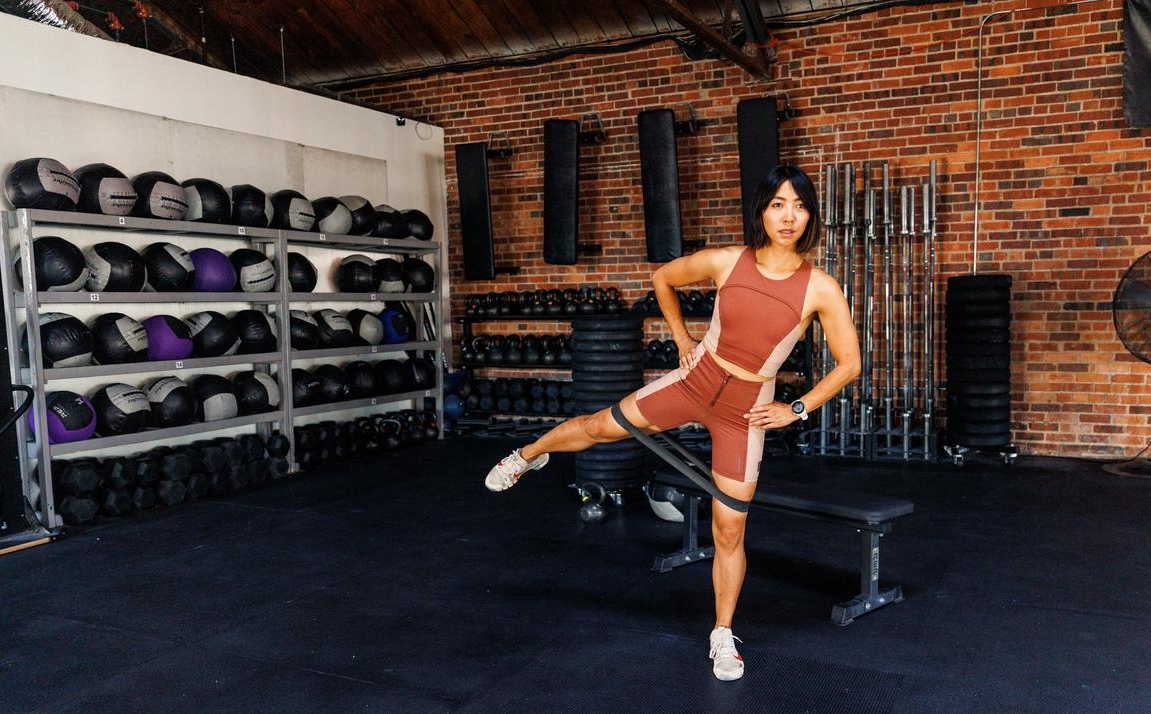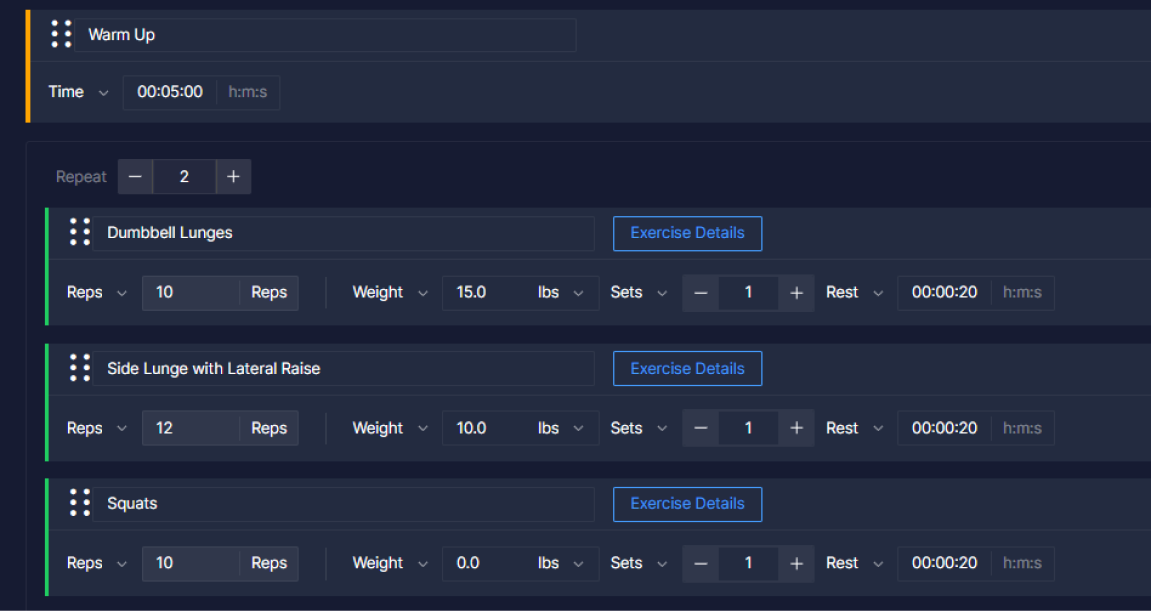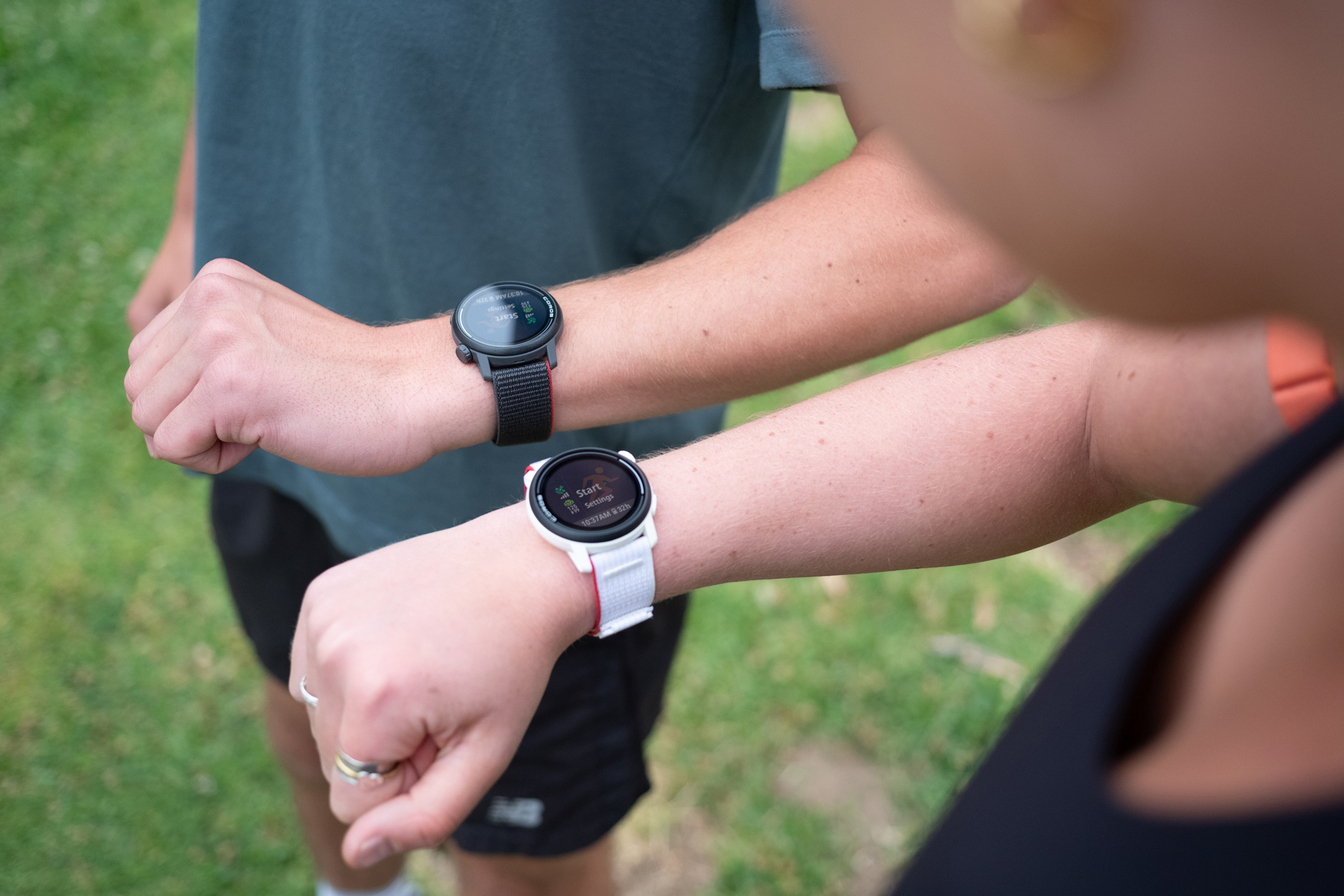Running works the muscles that move you forward, but your body also needs to be strong when moving side to side and when rotating. Strengthening your body through all planes of movement not only helps prevent imbalances and injuries but also improves your overall running efficiency and power. By targeting different muscle groups, you can enhance your stability, coordination, and flexibility, helping you run stronger and longer without the risk of common running injuries.
COROS Coaches take a look at why these exercises are important and how you can easily add them to your training.
Three Planes of Movement
The body moves in three different planes engaging different muscle groups and joints. Each type of movement is important for maintaining balance, stability, and coordination.
- Sagittal Plane (front to back): This is the plane that divides your body into left and right halves. Movements in this plane include forward and backward motions like running, walking, and lunging.
- Frontal Plane (side to side): This plane divides your body into front and back halves. Movements here involve side-to-side actions like lateral lunges, side steps, and jumping jacks.
- Transverse Plane (rotations): This plane divides the body into top and bottom halves. Movements in this plane include rotational actions like twists and turns.
Multi-planar exercises focus on moving the body through all three planes of movement. For example, adding a twist to a lunge will combine the sagittal and transverse plans. It's important to keep a balance and work all planes equally.
Benefits of Focusing on Planes of Movement
The majority of running focuses on a forward movement but this is not always the case. Think about times when you might need to change this movement pattern- dodging obstacles on the trail, handling varying terrain, and dealing with your form changing when fatigued to name a few. These movements require you to have strength and stability in all directions. Strengthening these muscles helps you stay balanced and in control, whether running on the roads, trails, or the treadmill.

Add resistance bands to any exercise to make it more challenging.
Types of Exercises
Structure your plan so that you have two to three sessions per week of strength training, including exercises from the sagittal, frontal, and transverse planes. The exercises can be single or multi-plane movements. Here are a few examples for each:
| Frontal Plane Exercises | Sagittal Plane Exercises | Transverse Plane Exercises | Multiplanar Exercises |
| Lateral Lunges | Squats | Wood Chops- low to high | Skaters |
| Lateral Band Walks | Calf Raises | Standing Cable Rotations | Forward Lunge with Rotation |
| Lateral Raises | Forward Lunges | Russian Twist | Runner's Lunge Twist |
Here is a workout from our COROS Workout Library that you can download to your training calendar:
- Full Body Workout: this workout can be bodyweight-focused for beginners or more advanced by adding different types of equipment.

You can preview the workout through your library in Training Hub.
Just like with running, it is important to be fully warmed up prior to lifting weights to prevent injury. It is recommended to spend 5 minutes focused on low-intensity cardio and then 5-10 minutes focused on a few mobility exercises.
How Can COROS Coaches Help?
COROS Coaches are a team of dedicated and certified coaches who can guide you in your training and understanding your metrics, for free. Email them at coach@coros.com today and get the discussion going on how to train toward your goals!
/fit-in/0x18/coros-v2/images/common/logo_black.png)





